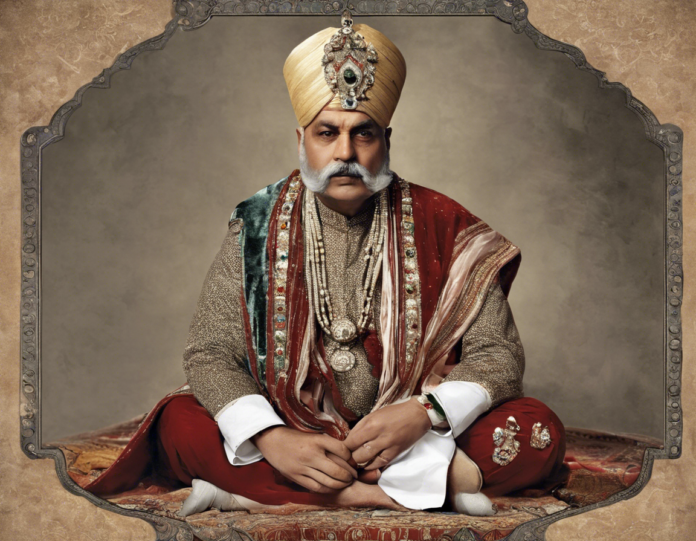The Ott Dynasty of Delhi is one of the most legendary and influential in the history of India. As rulers of the Delhi Sultanate from the early 13th to the late 16th centuries, they left an indelible mark on the region through their military conquests, architectural marvels, and cultural advancements. This article will delve into the history of the Ott Dynasty, exploring their rise to power, key leaders, notable achievements, and lasting legacy.
The Rise of the Ott Dynasty
The Ott Dynasty was founded by Qutb-ud-din Aibak, a Turkish slave of the Ghurid Empire who rose to prominence as a general in the Ghurid army. After the Ghurid conquest of Delhi in 1192, Aibak was appointed as the governor of the city. In 1206, following the death of his master, Aibak declared himself the Sultan of Delhi, marking the beginning of the Ott Dynasty’s rule in India.
Key Leaders of the Ott Dynasty
-
Qutb-ud-din Aibak: The founder of the Ott Dynasty, Aibak laid the foundation for Delhi Sultanate’s dominance in northern India.
-
Iltutmish: Known for his military conquests and administrative reforms, Iltutmish expanded the Sultanate’s territories and established a stable governance system.
-
Raziya Sultan: The only female ruler of the Ott Dynasty, Raziya ruled with strength and determination, challenging gender norms of the time.
-
Ghiyas-ud-din Balban: A strong and authoritarian ruler, Balban strengthened the central authority of the Sultanate through strict law enforcement and military prowess.
Notable Achievements of the Ott Dynasty
-
Architecture: The Ott Dynasty was known for its architectural masterpieces, including the Qutb Minar, Alai Darwaza, and the Quwwat-ul-Islam Mosque, which showcase the fusion of Persian, Islamic, and Indian architectural styles.
-
Military Conquests: The Ott Dynasty expanded its empire through military conquests, annexing territories in Northern India, Central India, and Bengal, solidifying their rule over a vast expanse of land.
-
Cultural Patronage: The Ott rulers were great patrons of art, literature, and culture, fostering the growth of Sufism, Urdu poetry, and Indo-Islamic art forms in the region.
-
Trade and Commerce: Under Ott rule, Delhi emerged as a major center of trade and commerce, attracting merchants and traders from across Asia and the Middle East.
Legacy of the Ott Dynasty
The Ott Dynasty’s legacy is profound and enduring, shaping the culture, politics, and architecture of India for centuries to come. Their contributions to art, architecture, governance, and military strategy have left an indelible mark on the history of the Indian subcontinent, influencing successive dynasties and rulers.
Frequently Asked Questions (FAQs) about the Ott Dynasty
Q1: Who was the founder of the Ott Dynasty?
A1: Qutb-ud-din Aibak, a Turkish slave of the Ghurid Empire, founded the Ott Dynasty in Delhi.
Q2: What were some notable architectural achievements of the Ott Dynasty?
A2: The Ott Dynasty is known for architectural marvels such as the Qutb Minar, Alai Darwaza, and the Quwwat-ul-Islam Mosque.
Q3: Who was the only female ruler of the Ott Dynasty?
A3: Raziya Sultan was the only female ruler of the Ott Dynasty, known for her strength and determination.
Q4: How did the Ott Dynasty contribute to the cultural development of India?
A4: The Ott Dynasty was a great patron of art, literature, and culture, fostering the growth of Sufism, Urdu poetry, and Indo-Islamic art forms.
Q5: What was the Ott Dynasty’s legacy on trade and commerce in India?
A5: Under Ott rule, Delhi emerged as a major center of trade and commerce, attracting merchants from across Asia and the Middle East.
In conclusion, the Ott Dynasty of Delhi stands as a testament to the power, influence, and cultural richness of medieval India. Their legacy continues to inspire and intrigue historians, artists, and enthusiasts alike, showcasing a golden era in the history of the Indian subcontinent.


Recent comments